Endometriosis is a chronic, inflammatory condition that is neither fully understood nor easy to diagnose. People with this condition can go undiagnosed for years, seeking one doctor after another for their symptoms. Unfortunately, many finally hear the answer after surgery — one of the most invasive ways to receive a diagnosis. Fortunately, the Royal Australian and New Zealand College of Obstetricians and Gynecologists (RANZCOG) has created a new guideline for professionals so patients could receive the endometriosis diagnosis and helpful treatment more efficiently.
Waiting years before an endometriosis diagnosis

Endometriosis is an inflammatory, gynecological disease where tissue lining the uterus grows outside of it, creating cysts or lesions around other organs. Although it affects over 190 women all over the world, it’s relatively unknown and under-recognized. Patients with it suffer from delayed treatment, high medical costs, and worsened quality of life. Experts in gynecological issues are pushing for more awareness, as well as more clinical care and research especially when it comes to giving the endometriosis diagnosis, which was the goal of RANZCOG’s new guidelines.
“A major step forward”
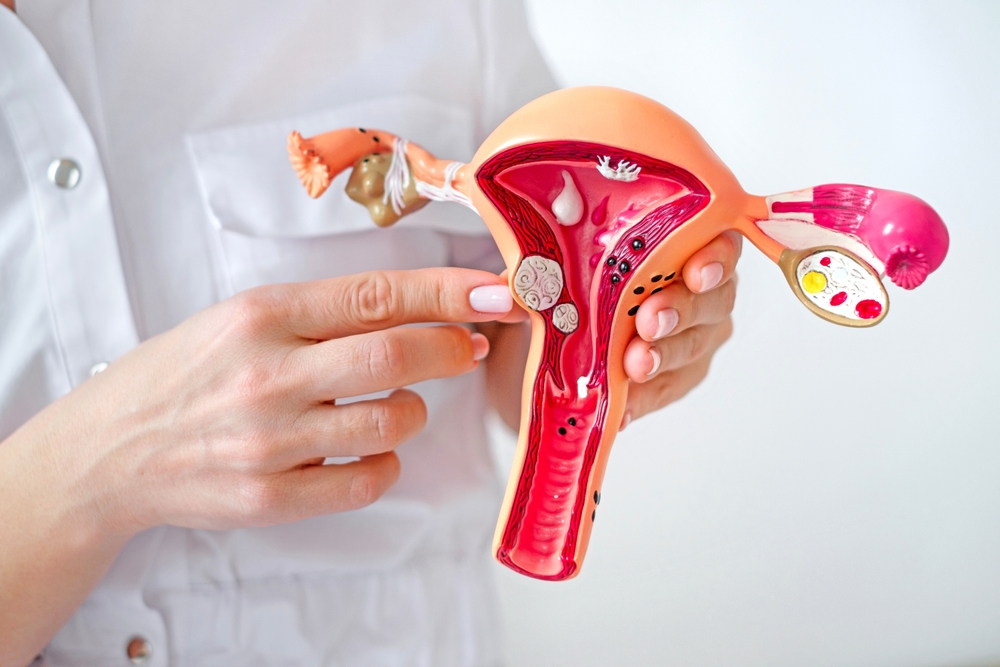
“The living evidence guideline represents a major step forward in providing consistent, high-quality care for Australians living with confirmed and suspected endometriosis and adenomyosis,” says Professor Cindy Farquhar, Chair of the RANZCOG Endometriosis Guideline Development Group in a press release. Adenomyosis is a diagnosis that often comes alongside endometriosis. It occurs when the endometrial tissue lining grows into the muscular wall of the uterus, according to Cleveland Clinic.
A need for more awareness

“Though it’s a common disorder, endometriosis needs much more awareness, especially because it can cause very different symptoms in different women,” says Dr. Paul Yong, associate professor of obstetrics and gynecology and assistant director of the Women’s Health Research Institute in Canada, to the University of British Columbia. RANZCOG’s updated guidelines include multiple highlights, including new recommendations for adolescents specifically, plus new recommendations for psychological and physiotherapy treatments. Another important note is the resources for primary care physicians to spot endometriosis symptoms and support further investigation and management.
Changing the lives of future patients

“My own experience with endometriosis was difficult to navigate. Like so many others, I felt frustrated by my symptoms and alone in what I was experiencing,” says Alexis Wolfe, Consumer Liaison on the guideline development group. “These resources will empower people living with endometriosis by providing clear, reliable information to help them start meaningful conversations, advocate for themselves, and participate more confidently in shared decision-making with their care providers.”
A non-invasive diagnosis of endometriosis
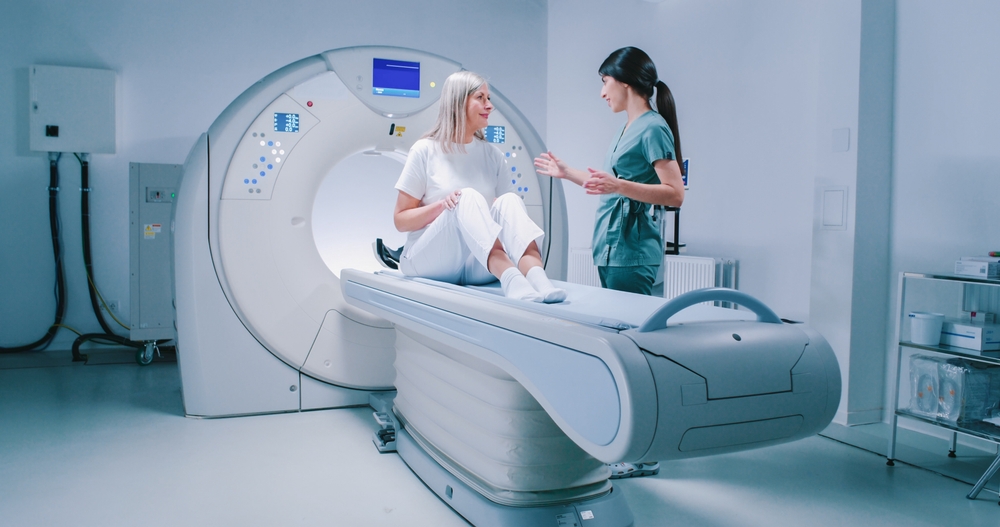
One of the most profound highlights of the paper is the emphasis on non-invasive diagnosis. Emerging research suggests that many cases are accurately diagnosed with transvaginal ultrasound and magnetic resonance imaging (MRI). This is more preferable than resorting to surgery for confirmation. Its main symptoms tend to resemble other conditions; they include pelvic pain, bloating, painful periods, infertility, and organ dysfunction.
Diagnosis through laparoscopy
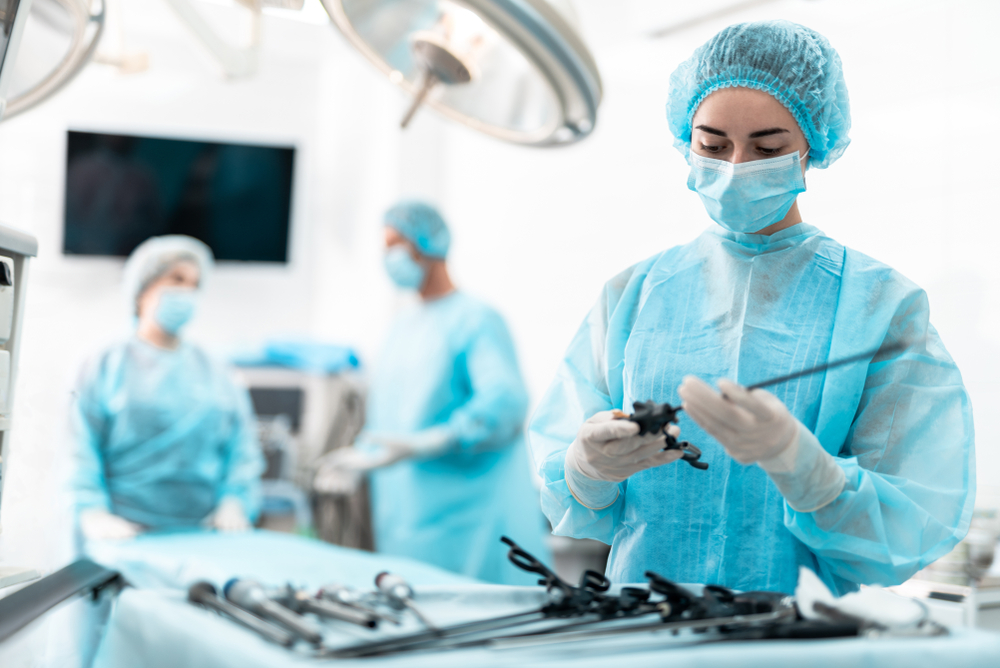
The current standard test is a diagnostic laparoscopy. It involves putting the patient under general anesthesia, creating an incision on their abdomen, and inserting a small camera to inspect for endometriotic lesions or cysts. This procedure is painful, invasive, and expensive, and even worse, it’s not always accurate. The lesions could be mistaken for other types of lesions. Only biopsies can definitively say it’s endometrial tissue, but sometimes laparoscopies don’t lead to biopsies, causing even more prolonged treatment.
Read More: A Face of Endometriosis
The Ziqig Endotest
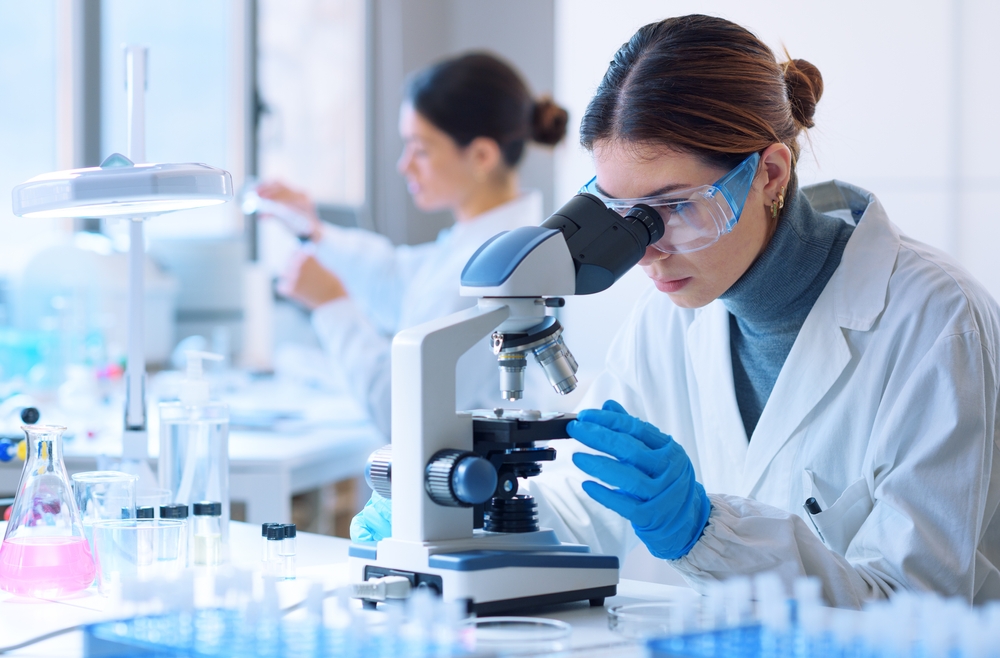
Keep in mind that ultrasound and MRI can miss lesions. This is why laparoscopy is commonly used. Since neither is ideal, many research teams are trying to discover an endometriosis test that’s more effective, affordable, and comfortable. One is called the Ziqig Endotest, a saliva-based test developed by a French research group, says BBC Science Focus. It works by sequencing 109 microRNAs, which are involved in regulating genes. Certain microRNAs are linked with the development of endometriotic lesions, says a 2018 study. The researchers then use artificial intelligence to analyze and uncover the results.
The PromarkerEndo blood test
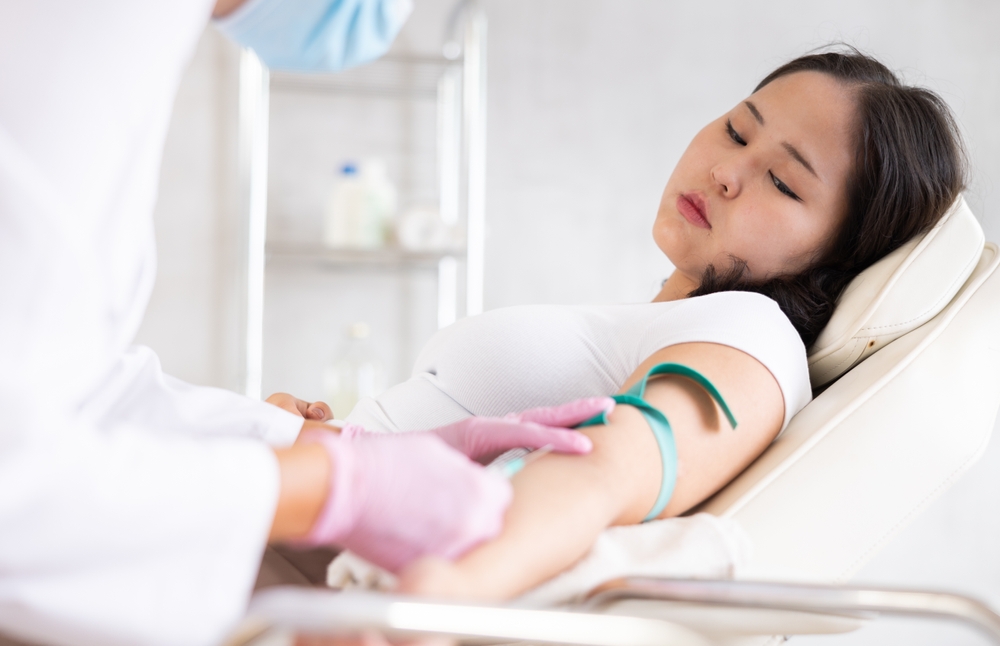
Meanwhile, Australian scientists are developing the PromarkerEndo blood test, which looks for 10 specific proteins that have been associated with an endometriosis diagnosis. The study involved 805 participants who had undergone laparoscopy to confirm the presence of endometriosis or its absence. The team then took blood samples to identify and validate these protein biomarkers with a high success rate, says the 2024 study. However, both of these tests need more data to prove their efficiency before being adopted into standard healthcare.
Current endometriosis treatment

There is currently no cure for endometriosis, but there are several treatments available to alleviate the symptoms. One is hormonal therapy that targets inflammation, estrogen synthesis, and immune modulation. Another is the use of aromatase inhibitors, which inhibit the production of estrogen in endometriosis lesions to reduce the size and pain levels. There are also selective estrogen receptor modulators (SERMs) and immunomodulatory therapies. There are also surgeries typically used for advanced endometriosis to remove extensive lesions.
Future treatment
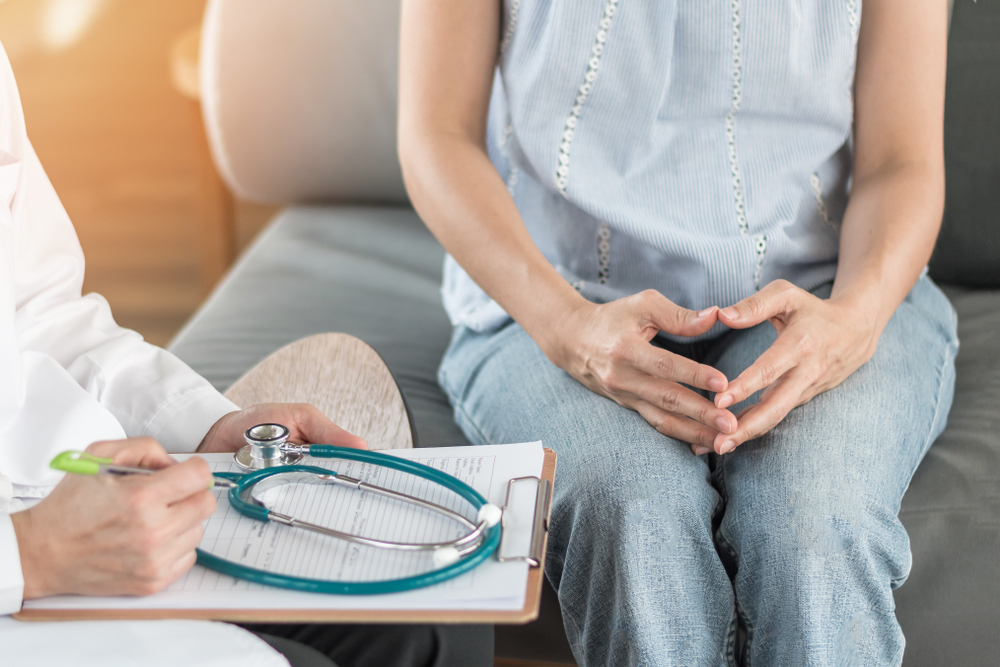
Researchers are looking into other approaches, including exosome-based therapies, regenerative medicine, and microbiome-targeted therapies. For now, the landscape of this condition is fortunately evolving and improving. Because endometriosis symptoms vary depending on the individual, personalized care is crucial to managing this disorder. For now, Dr. Chinta Sidharthan, Ph.D. from News Medical and Life Sciences believes the future of endometriosis treatment will involve “embracing a multidisciplinary approach that integrates novel therapeutic modalities.”
Read More: Beyond Endo: Why Adenomyosis Should Be The Next Topic of Discussion

